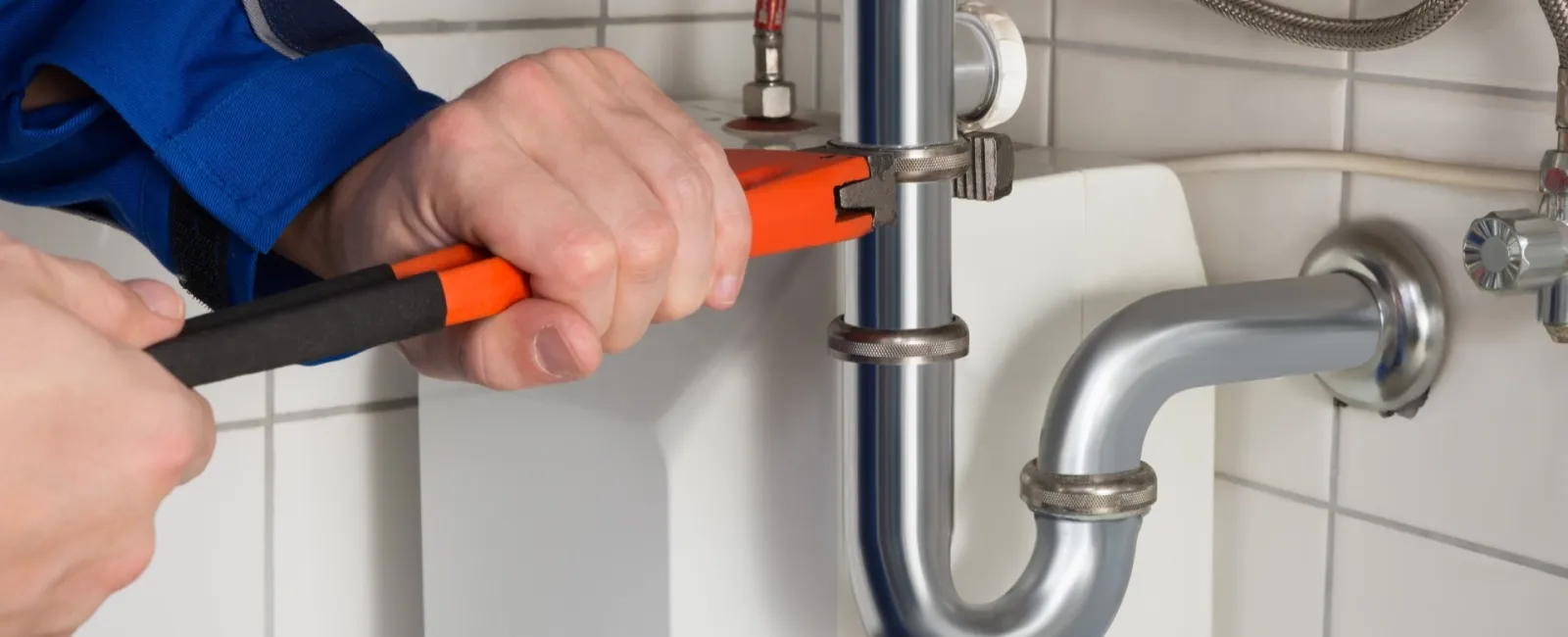Installing water-efficient fixtures, especially a high-efficiency toilet, saves money, supports the environment and adds dollar value to your home. With a variety of styles to choose from, upgrading from traditional flush toilets to high-efficiency models is easy.
Styles
According to the Southern Nevada Water Authority, there are three types of high-efficiency toilets (HETS): dual flush, pressure-assisted and gravity flush. Each style has advantages and drawbacks. The size of the household will determine which system conserves the most water and saves the most money on a monthly basis.
Dual-flush toilets incorporate the best of both worlds in terms of water conservation. With this model, users have the option of choosing between a pressurized system to remove liquid and a gravity-assisted system to dispose of liquid or solid waste. Some dual-flush models offer two push buttons on top of the tank or dual-flushing handles on the side of the tank.
The liquid-only flush uses significantly less water than the solid waste option. For example, an estimate of water usage per flush runs around 0.8 gallons for liquid waste and 1.6 gallons for solid waste.
Ultra low-flow toilets use approximately 0.8 gallons per flush regardless of liquid or solid removal. The low water flow works in conjunction with a pressurized vacuum process. Once the toilet is flushed, the force of the water on the trap creates additional suction to help pull liquid and solid waste from the bowl.
Urinals, rebates and more
Waterless urinals may seem like an odd choice for a residential bathroom at first look. But waterless urinals offer the ultimate in water conservation, putting these fixtures high on the eco-friendly list and making them very popular among green-living enthusiasts. These low-flow, high-efficiency toilets come in a variety of styles and colors, so they fit nicely into traditional bathroom decor. Estimates on water conservation run as high as 40,000 gallons per year, depending on the frequency of use.
Homeowners who install high-efficiency toilets may also qualify for state or county rebates, which only add to the savings on water bills and the property value increase.
Whichever style you choose, the advantages far outweigh any additional costs. For more high-efficiency toilet information, check out these facts from the Environmental Protection Agency.
